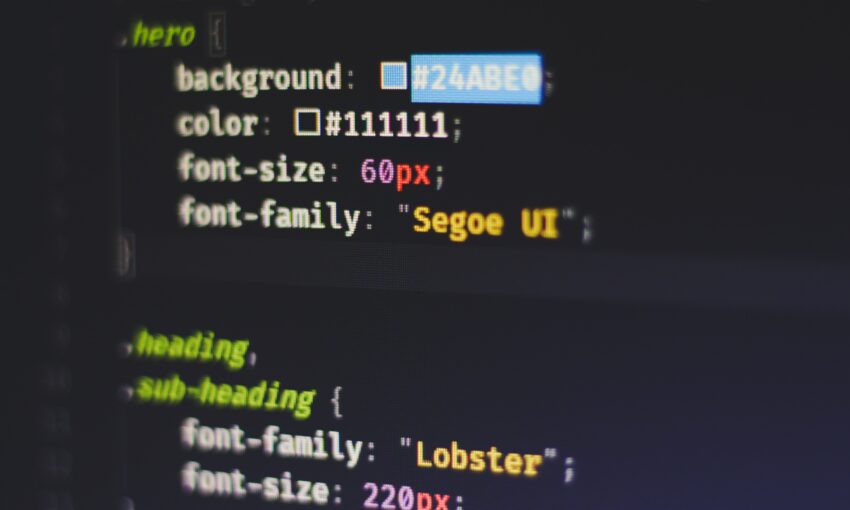Maintaining the aspect ratio of a div is a common requirement when creating responsive web designs. In this article, we’ll explore how to use CSS to maintain the aspect ratio of a div as the window’s width changes.
To achieve this, we’ll use the padding hack. The padding hack is a technique that uses a percentage value for padding-top or padding-bottom to maintain the aspect ratio of an element. The percentage value is calculated based on the width of the parent element. As the width of the parent element changes, the padding value will adjust to maintain the aspect ratio of the child element.
Your Web Designer Toolbox
Unlimited Downloads: 500,000+ Web Templates, Icon Sets, Themes & Design Assets

Let’s start by creating a div element with a background color.
<div class="aspect-ratio"></div>
<style>
.aspect-ratio {
background-color: #ccc;
}
</style>
To maintain the aspect ratio of this div, we’ll set its padding-top to a percentage value. The percentage value will be calculated based on the desired aspect ratio of the div. For example, if we want the aspect ratio to be 16:9, we’ll set the padding-top to 56.25% (9/16 * 100).
.aspect-ratio {
background-color: #ccc;
padding-top: 56.25%;
}
Now, as the width of the parent element changes, the padding value will adjust as desired.
Here’s an example that shows how to use the padding hack on a div with a background image.
<div class="aspect-ratio" style="background-image: url('image.jpg')"></div>
<style>
.aspect-ratio {
background-position: center;
background-repeat: no-repeat;
background-size: cover;
position: relative;
}
.aspect-ratio:before {
content: "";
display: block;
padding-top: 56.25%;
}
.aspect-ratio > * {
position: absolute;
top: 0;
left: 0;
width: 100%;
height: 100%;
}
</style>
In this example, we are again using the padding hack, and we’re also using a pseudo-element (:before) to create the padding. We’re setting the position of the parent element to relative and the position of the child element to absolute to position the child element inside the parent element. We’re also setting the width and height of the child element to 100% to fill the parent element.
In conclusion, the padding hack is a simple and effective technique for maintaining the aspect ratio of a div as the window’s width changes. By using a percentage value for padding-top or padding-bottom, we can calculate the padding value based on the desired aspect ratio of the div. This technique is widely used in responsive web design and can be used to create a variety of layouts and designs. Be sure to check out our library of CSS articles and tutorials while you’re here!
This post may contain affiliate links. See our disclosure about affiliate links here.



